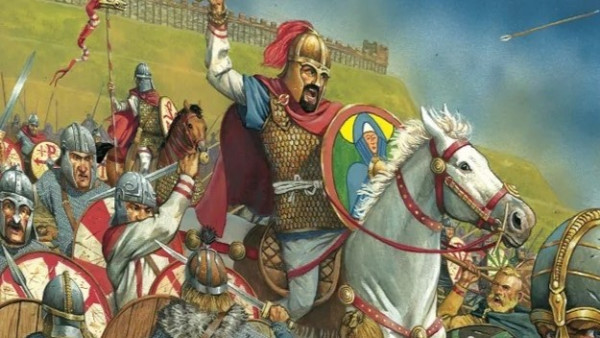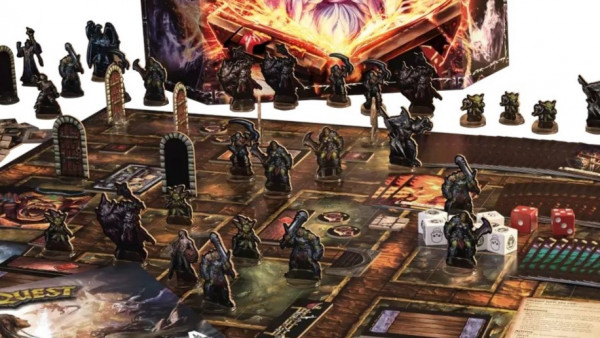
Photography in Gaming
Framing your photographs
A common mistake that can happen during photographs is composition and framing of your subject.
Framing at it’s core is to focus the viewers eye to a specific point of an image, there are many ways to frame a photograph for it’s dream composition in landscapes and portraiture however we’re talking miniatures here and while it’s not completely necessary, it’s important to highlight non-the-less.
There are 3 main lessons in composure that can be used in anything:
- Rule of Thirds
- Symmetry
- Golden Ratio
Each of these are very different techniques of thought and visual composure, keeping them in mind when taking photographs can be very useful and certainly dynamic and visually exciting in your final image.
Let’s look at a few examples of each.
Rule of Thirds
Most cameras have that annoying grid across their viewfinder which may seem as a burden however it’s actually pinpointing 4 optimal points of interest for your subject.
Ever noticed a lot of movies having their actor on one side of the shot? Rule of thirds, baby!
Imagine an image broken in thirds, horizontally and vertically. This leaves you with handy positions for your photographs using the 4 lines that the thirds have broken into.
Viewers eyes wander a lot when looking at visuals, these 4 points of interest are subtly very pleasing for the eye to gaze to and perfect for framing your models. Simply choose a point, and shoot it appropriately.
Symmetry
This may seem obvious but there are times when one model can just be best shown in the centre of the screen. That said, if you have a few models sitting around, why not pose them and add some dynamics to your shot rather than a single model?
Keeping one model and others completely symmetrical to each other in your shots gives a nice framework to build upon, try to avoid even numbers of models and always have your most impressive subject in the centre of frame.
Symmetry is also great for square photographs that are commonly used in social networks.
The Golden Ratio
Some photographers and conspiracy heads will argue to the bone that the Golden Ratio is better than the Rule of Thirds. In some cases, yes it can be. That said, for miniatures it’s a great rule for showing off parts of models and creating that dynamic field for your shot.
Imagine the Rule of Thirds as a framing shot, it sets up your piece beautifully and shows it clearly. The Golden ratio tells a story as it progresses around an image, it leads your eye into a point of interest.
The Golden Ratio is derived from the fibonacci sequence, the squares that the spiral is made up of, helps to position the elements of your scene into the flow of your image.
Which One Should I Use?
These three are very useful guidelines for your miniatures and there’s no right or wrong way to frame your piece. Experiment and take lots of photographs to find out which is best to show off your creations.
Check out this article for more information and framing you can use.














































































Best Camera Settings for Moving Subjects. If you want to take some action shots, say of your kids playing in the park, you’ll need to turn your focus to managing the shutter speed. To do so, switch your camera to shutter priority mode and dial in a shutter speed of 1/200 seconds with an ISO of 100. Set the drive mode and focus mode to continuous, since your subject will be on the move.
https://www.photographytalk.com/best-canvas-print-company-100-secret-shopper-print-shootout
Good afternoon, I really want to learn how to do photography. I need help, because it’s a little difficult to do it myself the first time. Although I’m getting up to speed a little bit, but I need an objective assessment of what I’m doing right or wrong.